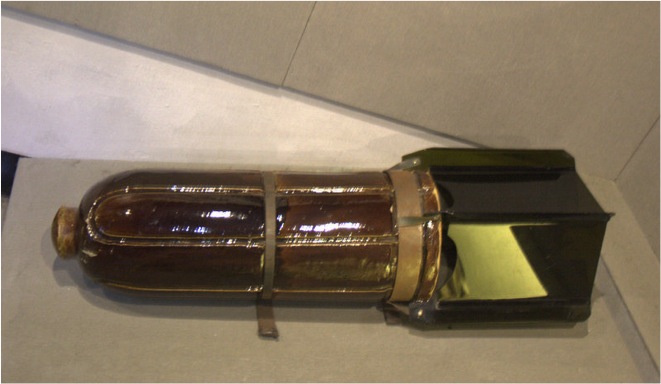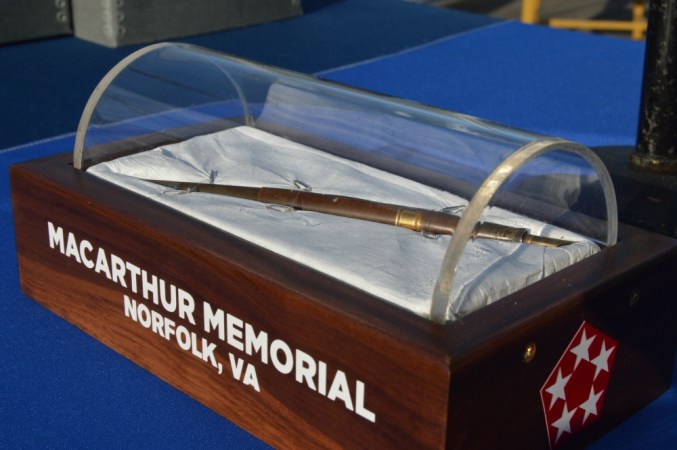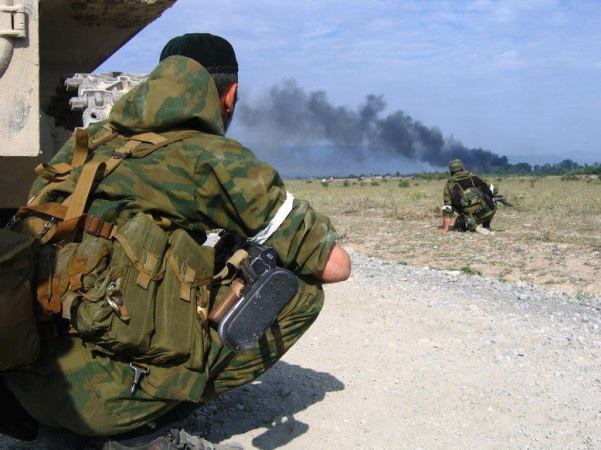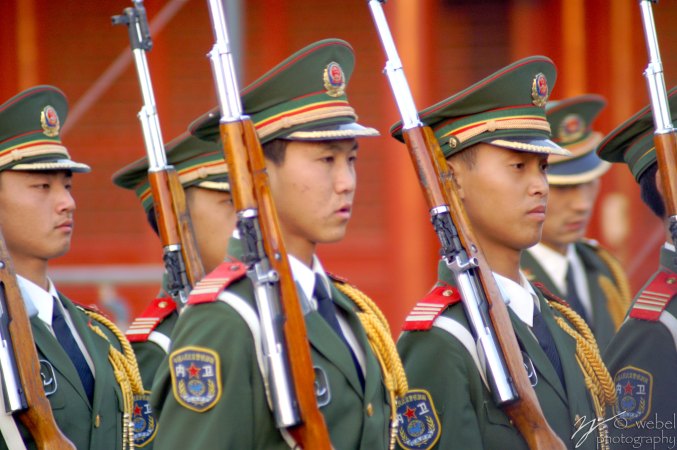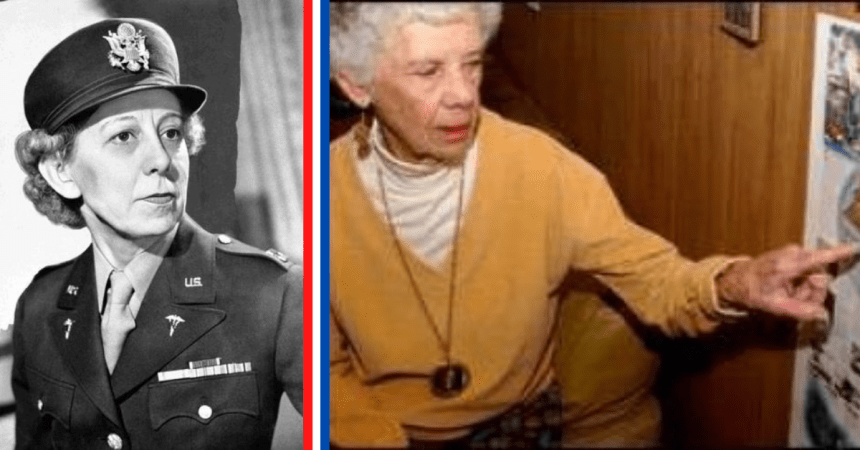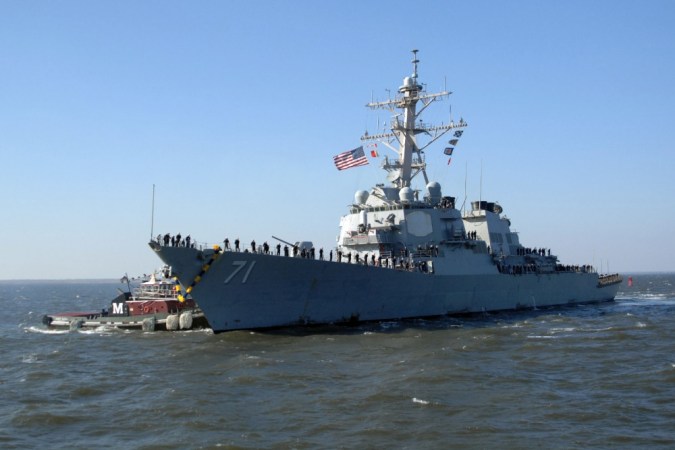The U.S. had laid a lot of plans for late World War II. After the fall of Italy and then Germany, America wanted to finally crush the empire of Japan and get final payback for Pearl Harbor. Luckily for the infantrymen and other troops slated to die against a determined Japanese defense, the empire surrendered after two atomic bombs and Russia deploying troops. Here’s what the U.S. Army had planned in case that didn’t happen.

U.S. plans for the invasion of Kyushu in Operation Olympic, the first phase of the planned invasion of Japan.
(U.S. Army)
The assault on Japan was expected to take 18 months, starting with an intense blockade and air bombardment of Japan. Basically, stop Japan from pulling any more men and equipment back to the main islands and bomb the sh-t out of all equipment and forces already there.
While America had already captured or isolated many of the Japanese troops in the Pacific, there was the ongoing problem of Japanese forces in China that could slip back to Japan if the blockade wasn’t firmly in place for months ahead of the invasion.
It was hoped that the blockade and bombardment would weaken the defenses on Kyushu Island, the southernmost of the main islands and the first target. This assault was Operation Olympic, the first phase of Downfall. The Army wanted to land on Kyushu with soldiers and Marines from the Philippines, the Nansei Islands, and others. A total of 14 divisions were scheduled to take the beaches and push north.
This was slated to take months starting in November 1945. Wartime realities would push the date to December 1, and there was pressure to push it even further amid concerns that the blockade needed more time.

U.S. plans for Operation Downfall, the invasion of the Japanese home islands via two amphibious landings, one at Kyushu Island and one at Honshu.
(U.S. Army)
But that invasion through Kyushu was just phase one, a way of preparing for a second, larger invasion through the Tokyo Plain on Honshu Island, the largest island in Japan and the home of the capital. This was Operation Coronet, and it was thought to require 25 divisions just for the initial assaults, not counting the Air Force’s Pacific divisions held in reserve for additional bombardment and resupply.
The tentative date of March 1 was set for the Coronet invasion, but some officers pushed for a later date as soon as March 1 was announced. They wanted to delay the invasions to allow for a much larger air and sea bombardment as well as all sorts of preparatory operations. This group wanted to hit multiple points on the Chinese coast, in Korea, the Tsushima Strait, and other places.
Worst case scenario, this would’ve made the invasion of Japan much easier, though it would have used a lot of valuable resources. Best case scenario, it might have so crippled the Japanese war machine that it couldn’t hold its territory, allowing America to force a surrender without an invasion.
But these preparations would have required a massive supply of troops and machines, and that would have necessarily delayed Operation Downfall. Worse, the operations in China could have entangled America into the civil war there, preventing them from invading Japan for months or years.

An Army graphic showing the organization of forces for Coronet, the invasion of Kyushu Island.
(U.S. Army)
Gen. Douglas MacArthur, voted for the full invasion of Japan as soon as logistically feasible. For him, this was the third proposed course of action, and he said:
I am of the opinion that the ground, naval, air, and logistic resources in the Pacific are adequate to carry out Course III. The Japanese Fleet has been reduced to practical impotency. The Japanese Air Force has been reduced to a line of action which involves uncoordinated, suicidal attacks against our forces, employing all types of planes, including trainers. Its attrition is heavy and its power for sustained action is diminishing rapidly. Those conditions will be accentuated after the establishment of our air forces in the Ryukyus. With the increase in the tempo of very long range attacks, the enemy’s ability to provide replacement planes will diminish and the Japanese potentiality will decline at an increasing rate. It is believed that the development of air bases in the Ryukyus will, in conjunction with carrier-based planes, give us sufficient air power to support landings on Kyushu and that the establishment of our air forces there will ensure complete air supremacy over Honshu. Logistic considerations present the most difficult problem.
Nimitz agreed, and the two top commanders began to assemble their forces for the largest amphibious assault ever planned. They relied on all troops, ships, and heavy equipment in the Pacific as well as a steady flow of troops from Europe after the victory there.
And, if the fighting continued past June 1946, they would need to pull an additional four divisions per month from the U.S.
Japan, for its part, dragged its feet in preparing to counter a ground invasion. Even as late as March 1945, there had been little planning and troop buildup for the defense, but Japan finally addressed it. By July 1945, they had 30 line divisions, 2 armored divisions, 23 coastal defense divisions, and another 33 brigades of various types.

The Japanese plans for troop deployment to throwback or slow an American invasion of the home islands in 1945.
(U.S. Army)
Those 39 U.S. divisions for Olympic and Coronet are suddenly looking like they’ll struggle, right? Like they could take heavy losses and would require those reinforcements from Europe and America?
Luckily, Japan decided to surrender instead. There are some arguments about whether this was predominantly because of the Russian invasion of Japanese islands to Japan’s north or if it was because of the atom bombs that America dropped on Hiroshima and Nagasaki, but either way it allowed America to shelve Operation Downfall and execute Blacklist instead, the plan for the peaceful, unopposed occupation of Japan.




